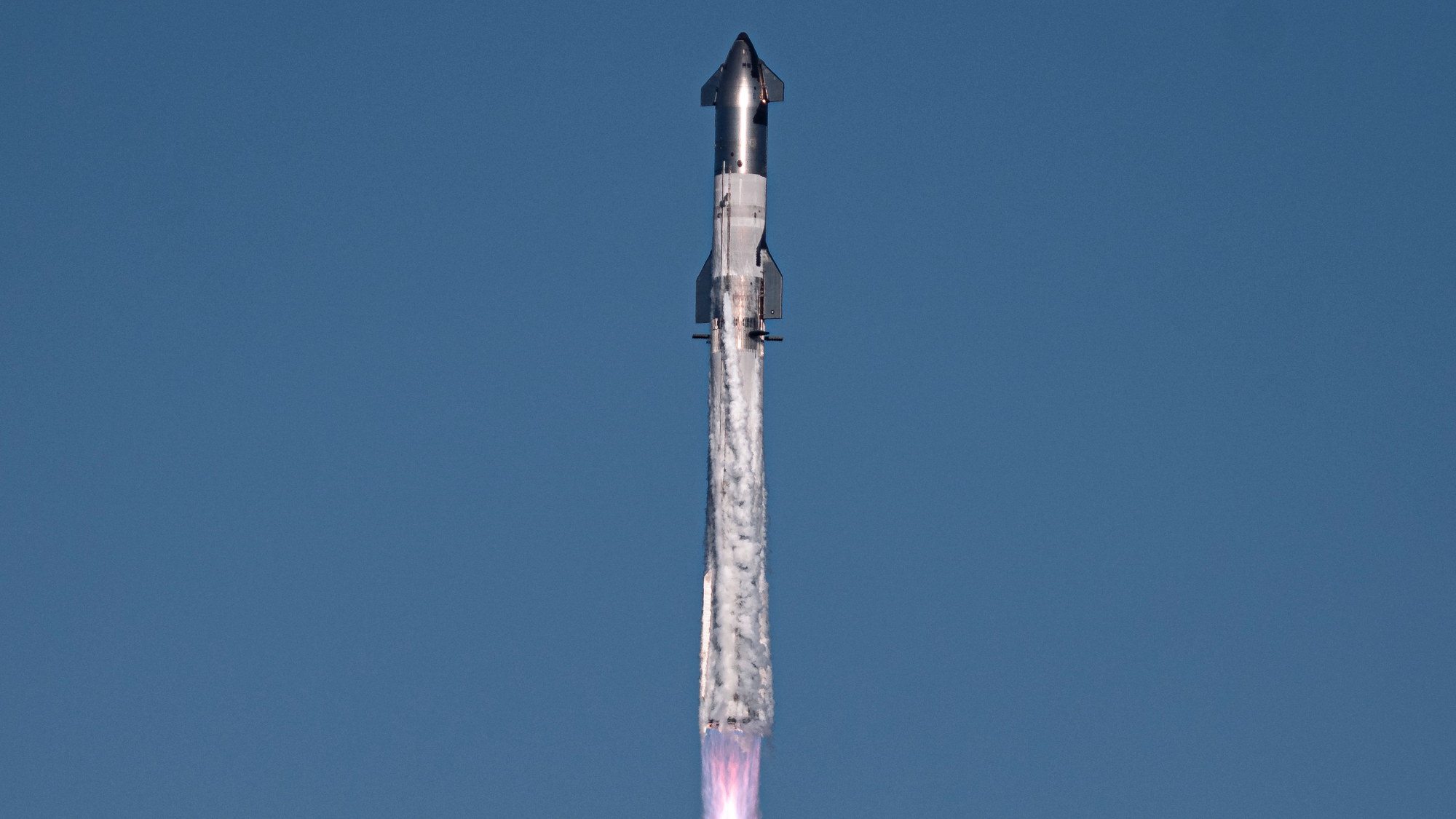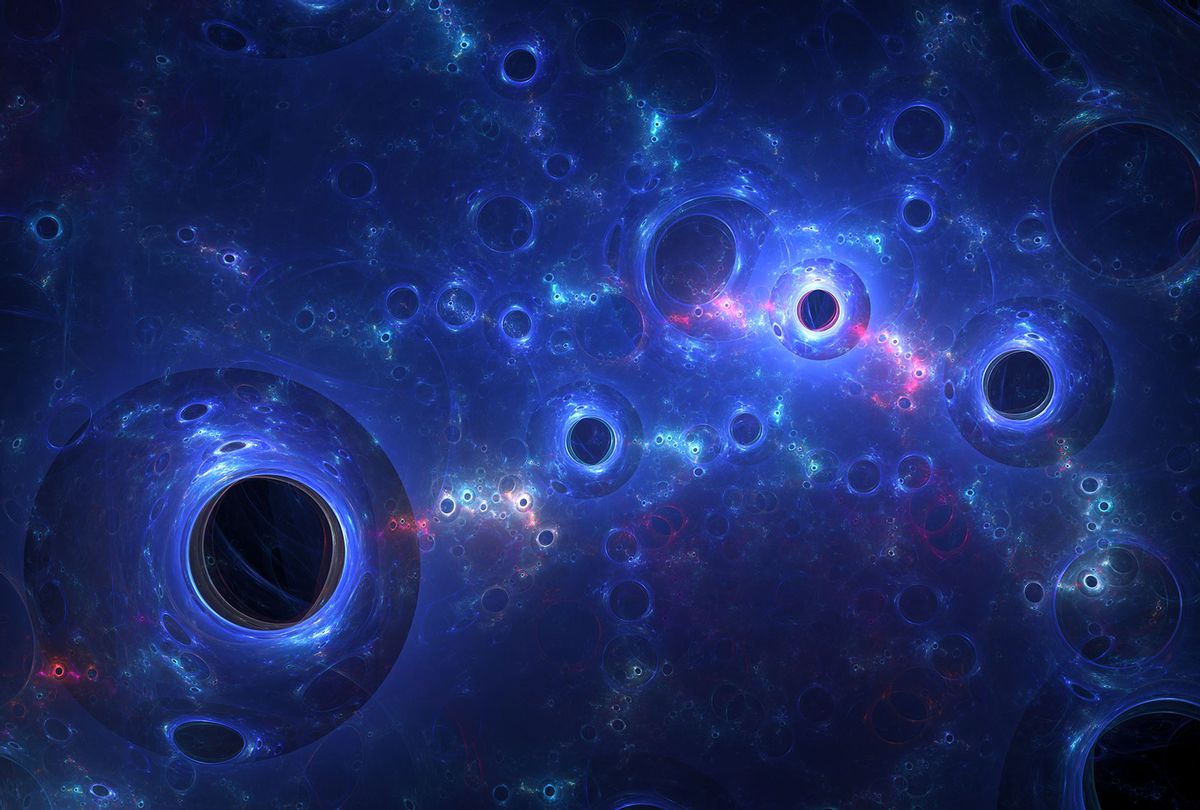In a study published in Science Advances, researchers from the Chinese Academy of Sciences have reported their recent discovery of 1.63-billion-year-old multicellular fossils from North China.
These exquisitely preserved microfossils are currently considered the oldest record of multicellular eukaryotes. This study is another breakthrough after the researchers’ earlier discovery of decimeter-sized eukaryotic fossils in the Yanshan area of North China, and pushes back the emergence of multicellularity in eukaryotes by about 70 million years.
All complex life on Earth, including diverse animals, land plants, macroscopic fungi, and seaweeds, are multicellular eukaryotes. Multicellularity is key to eukaryotes acquiring organismal complexity and large size, and is often regarded as a major transition in the history of life on Earth. However, scientists have been unsure when eukaryotes evolved this innovation.
Fossil records offering convincing evidence show that eukaryotes with simple multicellularity, such as red and green algae, and putative fungi, appeared as early as 1.05 billion years ago. Older records have claimed to be multicellular eukaryotes, but most of them are controversial because of their simple morphology and lack of cellular structure.
“The newly discovered multicellular fossils come from the late Paleoproterozoic Chuanlinggou Formation that is about 1,635 million years old. They are unbranched, uniseriate filaments composed of two to more than 20 large cylindrical or barrel-shaped cells with diameters of 20–194 μm and incomplete lengths up to 860 μm. These filaments show a certain degree of complexity based on their morphological variation,” said Miao Lanyun, one of the researchers.
The filaments are constant, or tapered throughout their length, or tapered only at one end. Morphometric analyses demonstrate their morphological continuity, suggesting they represent a single biological species rather than discrete species. The fossils have been named Qingshania magnifica, 1989, a form taxon with similar morphology and size, and are described as being from the Chuanlinggou Formation.
In modern life, uniseriate filaments are common in both prokaryotes (bacteria and archaea) and eukaryotes. The combination of large cell size, wide range of filament diameter, morphological variation, and intracellular spores demonstrates the eukaryotic affinity of Qingshania, as no known prokaryotes are so complex.
“Currently, the oldest unambiguous eukaryotic fossils are unicellular forms from late Paleoproterozoic sediments (~1.65 billion years ago) in Northern China and Northern Australia. Qingshania appeared only slightly later than these unicellular forms, indicating that eukaryotes acquired simple multicellularity very early in their evolutionary history,” the researchers concluded.
This study provides valuable insights into the early evolution of multicellularity in eukaryotes and sheds light on the history of complex life on Earth.













/cdn.vox-cdn.com/uploads/chorus_asset/file/24401980/STK071_ACastro_apple_0003.jpg)
